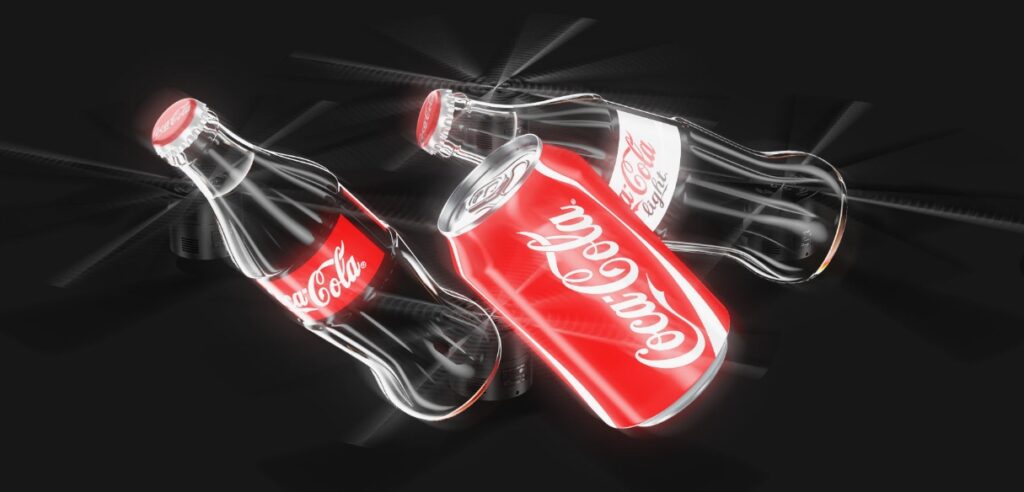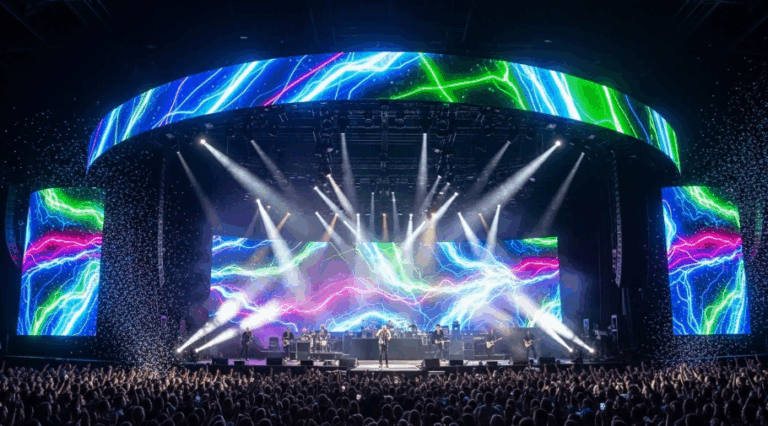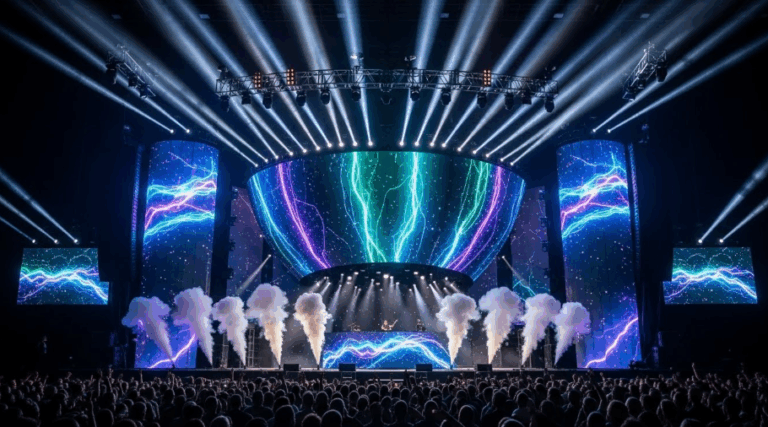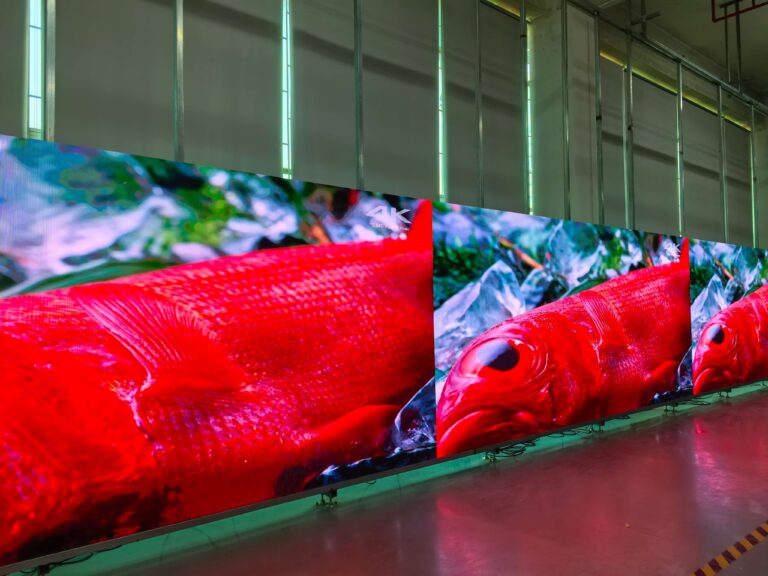Table of Contents
Are holographic fans real?
How do 3D holographic fans work?
How much does a 3D holographic fan cost?
Holographic fans have attracted widespread attention in recent years, but whether they are a genuine technological marvel or a clever marketing ploy remains a controversial topic. Meanwhile, people are also curious to explore the working principles of this new technology and its pricing performance in the market. Here’s a guide to holographic display technology.
Are holographic fans real?
Holographic fans are claimed to be able to present realistic three-dimensional images in the air, as if objects are truly suspended in mid-air. However, there are differing opinions between the industry and consumers about whether holographic fans are indeed based on real holographic display technology or if they utilize virtual effects involving visual illusions and optical illusions. Some people believe that holographic fans merely create visual illusions through the high-speed rotation of fan blades and LED light sources, rather than employing true holographic projection technology. On the other hand, some firmly believe that holographic fans represent a real technology that can generate three-dimensional images in the air through complex optical principles.

How do 3D holographic fans work?
3D holographic fans, also known as holographic projection fans, are devices that use LED light sources and rapidly rotating fan blades to create 3D images. Their core technology is based on the phenomenon of human visual persistence, whereby when an object moves fast enough, the human eye cannot perceive its motion trajectory and instead “freezes” the image in mid-air.
The core components of a holographic fan include a fan with LED light strips, a transparent acrylic panel, and a controller. LED light strips are installed on the edges of the fan blades, and when the fan rotates, the LED lights flicker and emit light. These lights refract through the acrylic panel to create 3D images in the air. The controller is responsible for adjusting the fan’s speed and the flickering frequency of the LED lights to ensure image stability and clarity.

How much does a 3D holographic fan cost?
In the electronics market, as an emerging technological product, the price of a 3D holographic fan is influenced by various factors, including brand, size, resolution, and additional features. Generally, prices can range from a few hundred to several thousand dollars.

Because the price of a 3D holographic fan is influenced by multiple factors, here are some major influencing factors:
Size and resolution: The size and resolution of a 3D holographic fan are important factors affecting its price. Larger size and higher resolution require higher technology and material costs, leading to higher prices.
Materials and manufacturing processes: 3D holographic fans produced by different manufacturers may use different materials and manufacturing processes. High-quality materials and advanced manufacturing processes can improve product performance and durability but also increase costs.
Optical system: The core of a 3D holographic fan is its optical system, including lenses, mirrors, etc. The quality of the optical system directly affects the clarity and stability of the holographic image. High-quality optical systems incur higher costs, leading to an overall price increase.
Drive and control systems: 3D holographic fans require drive and control systems to control the fan’s speed and image display. High-performance drive and control systems can improve product stability and reliability but also come with higher costs.
Software and content creation: 3D holographic fans require specialized software for creating and editing holographic images. High-quality software and content creation services can enhance the visual effects of holographic images but also increase costs.
Brand and market positioning: 3D holographic fans from different brands may differ in market positioning and brand image. Well-known brands often have higher quality assurance and after-sales service, thus commanding relatively higher prices.
Market demand and supply: Market demand and supply conditions also affect the price of 3D holographic fans. When market demand exceeds supply, prices may rise; conversely, when market supply is sufficient, prices may decline.
Sales channels and transportation costs: The choice of sales channels and transportation costs also affect the price of 3D holographic fans. Direct sales channels may reduce intermediary costs, thereby lowering prices; meanwhile, transportation costs can also impact the final selling price.
Conclusion
As an innovative display technology, 3D holographic fans not only bring new possibilities to the advertising and entertainment industries but also provide a fresh visual experience for home users. With continuous technological advancements and cost reductions, holographic fans are expected to become more popular in the future, becoming common decorations in both homes and commercial spaces. For consumers interested in this technology, now is the perfect time to explore and experience the charm of 3D holographic fans.





